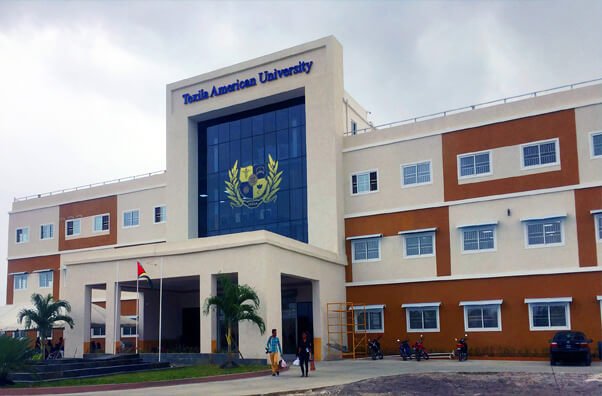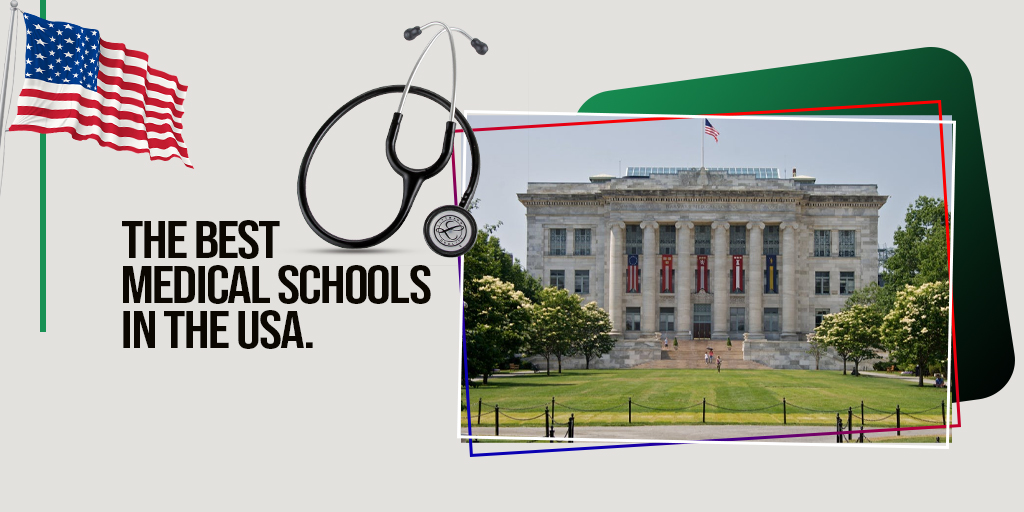In the United States, getting free admission to medical colleges can be quite challenging due to the high costs associated with medical education. However, there are a few ways to potentially minimize or cover these expenses:
How can we get free admission in medical college in America?
- Scholarships and Grants: Many medical schools offer scholarships or grants based on academic merit, financial need, or specific criteria. Research and apply for these opportunities through the school’s financial aid office.
- Financial Aid and Loans: Fill out the Free Application for Federal Student Aid (FAFSA) to determine eligibility for federal student aid programs, including grants, work-study options, and federal student loans. While loans need to be repaid, they can help cover educational costs.
- Service Commitments: Some programs, such as the National Health Service Corps (NHSC) or military scholarships, offer tuition coverage in exchange for a commitment to work in underserved areas or for the military after graduation.
- State and Institutional Programs: Certain states or medical schools offer programs that cover tuition or provide financial aid for students committed to practicing in underserved areas within the state post-graduation.

- Employer Assistance Programs: Some employers, especially hospitals or healthcare systems, offer tuition reimbursement or assistance programs for employees pursuing higher education.
- Research and Teaching Assistantships: Opportunities might exist within the medical school for assistantships or teaching roles that could provide tuition waivers or stipends.
- Medical Scholarships: Various organizations, foundations, and even private companies offer scholarships specifically for medical students. Research and apply for these scholarships to help cover tuition costs.
- Bargain for Aid: Sometimes, negotiating with the admissions office based on competing offers from other schools can result in increased aid or scholarships.
Remember, securing free admission to medical college might not be entirely feasible, but a combination of these strategies could help reduce the financial burden. It’s essential to plan ahead, explore all available options, and seek advice from financial aid advisors or professionals in the field.
Getting free admission to medical college in America is a challenging task because medical education is often expensive, and scholarships or grants may not cover the entire cost. However, here are some options you can explore to reduce the financial burden:
- Scholarships and Grants:
- Look for medical school scholarships and grants offered by private organizations, foundations, and government agencies. Many scholarships are merit-based, so maintaining a high GPA and excelling in standardized tests can increase your chances.
- Financial Aid:
- Complete the Free Application for Federal Student Aid (FAFSA) to determine your eligibility for federal financial aid programs. This may include grants, work-study opportunities, and low-interest loans.
- Service Commitment Programs:
- Consider programs that offer tuition assistance in exchange for a service commitment. For example, the National Health Service Corps (NHSC) and the Armed Forces Health Professions Scholarship Program (HPSP) provide financial assistance in return for a commitment to work in underserved or military communities.
- State-Specific Programs:
- Some states offer scholarship programs for medical students who commit to practicing in underserved or rural areas within the state after graduation. Research state-specific opportunities.
- Employer Sponsorship:
- Some employers, especially in healthcare-related fields, may offer sponsorship or tuition reimbursement for employees pursuing advanced degrees in medicine.
- Medical School-Specific Scholarships:
- Check with the medical schools you are interested in for specific scholarship opportunities. Some schools offer scholarships based on academic achievements, research, or community service.
- Research and Teaching Assistantships:
- Explore opportunities to work as a research or teaching assistant within your medical school. These positions may come with tuition waivers or stipends.
- Community and Nonprofit Organizations:
- Look for community and nonprofit organizations that support medical education. Some may provide scholarships or financial assistance to aspiring medical students.
- Consider Public Medical Schools:
- Public medical schools often have lower tuition costs for in-state residents. If you are eligible for in-state tuition, it can significantly reduce the overall cost of your medical education.
- Loan Forgiveness Programs:
- Investigate loan forgiveness programs that may forgive a portion of your student loans in exchange for practicing in a specific area or specialty with a shortage of healthcare professionals.
Remember that each medical school may have its own set of scholarships and financial aid options, so it’s essential to thoroughly research and explore all available opportunities. Additionally, be sure to stay informed about changes in financial aid policies and new scholarship opportunities that may arise.
